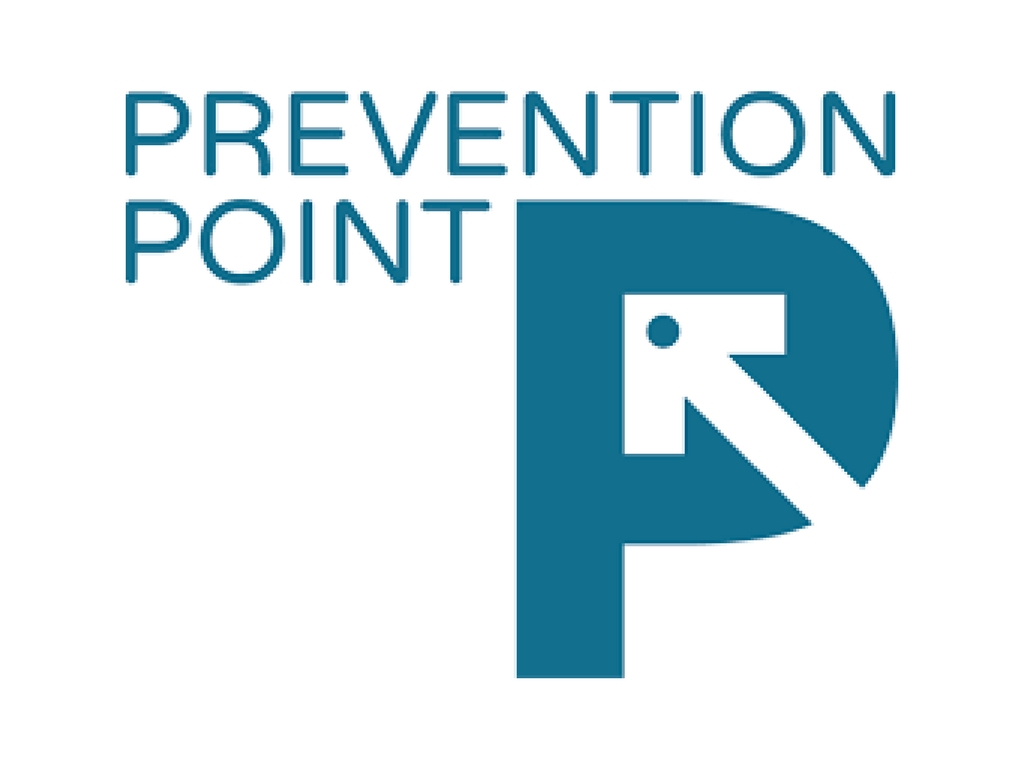An organization providing comprehensive services to people who use drugs, including routine medical care, a syringe service program, overdose prevention, and access to medications for opioid use disorder
Prevention Point Philadelphia is a non-profit organization providing treatment and harm reduction services to Philadelphia and the surrounding area and aims to promote health, empowerment, and safety for communities affected by drug use and poverty. Some of the comprehensive services provided include:
- Syringe service program where participants are also encouraged to connect to a case manager
- The Stabilization Treatment and Engagement Program (STEP) provides buprenorphine and extended-release naltrexone
- Connections to resources for housing, food, clothing, and health insurance
- Routine medical care, including wound care and testing for infectious diseases
- Legal assistance twice a week by the AIDS Law Project of Pennsylvania
- Naloxone distribution and overdose prevention and reversal training
A complete list of services is listed here and more detail on the program can be found in their handbook.
Providing buprenorphine through the STEP program showed good retention in treatment for a complex set of patients.









